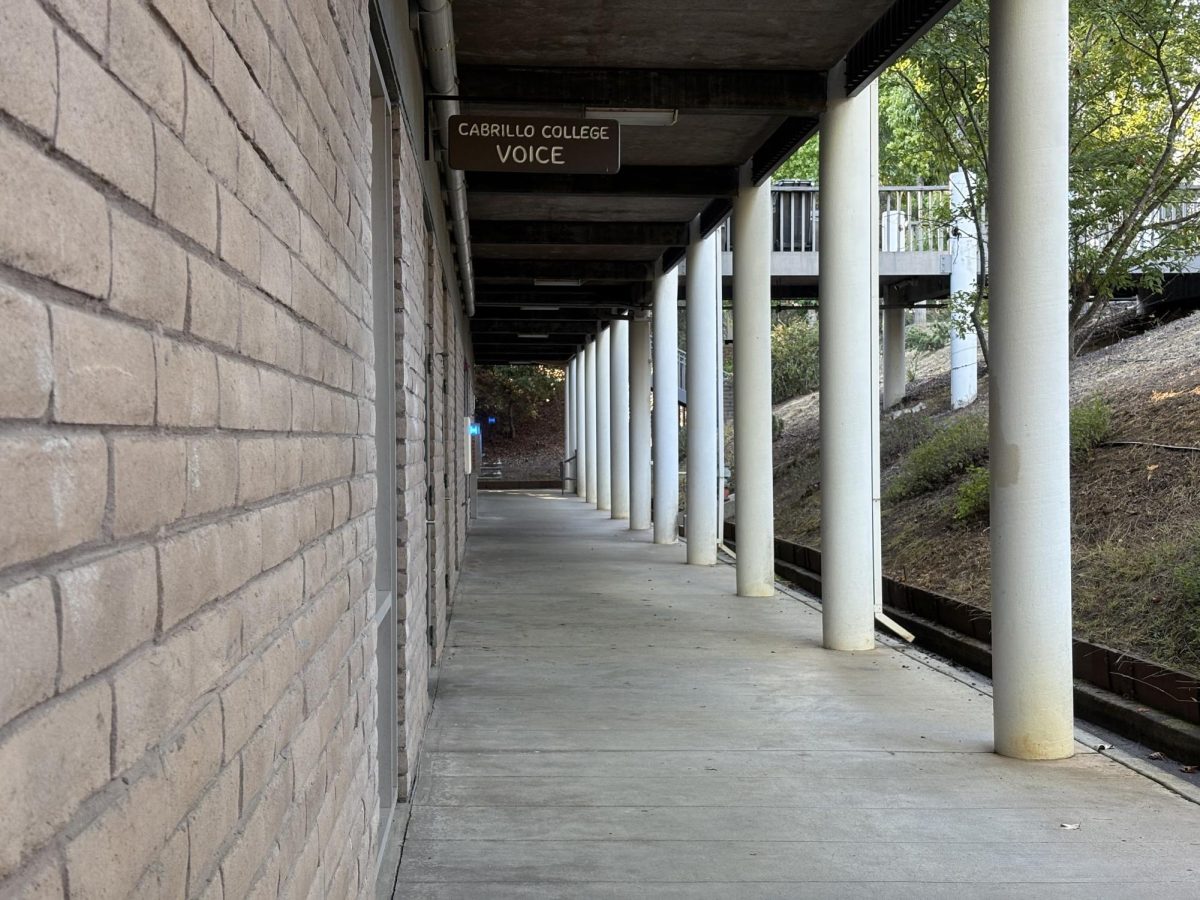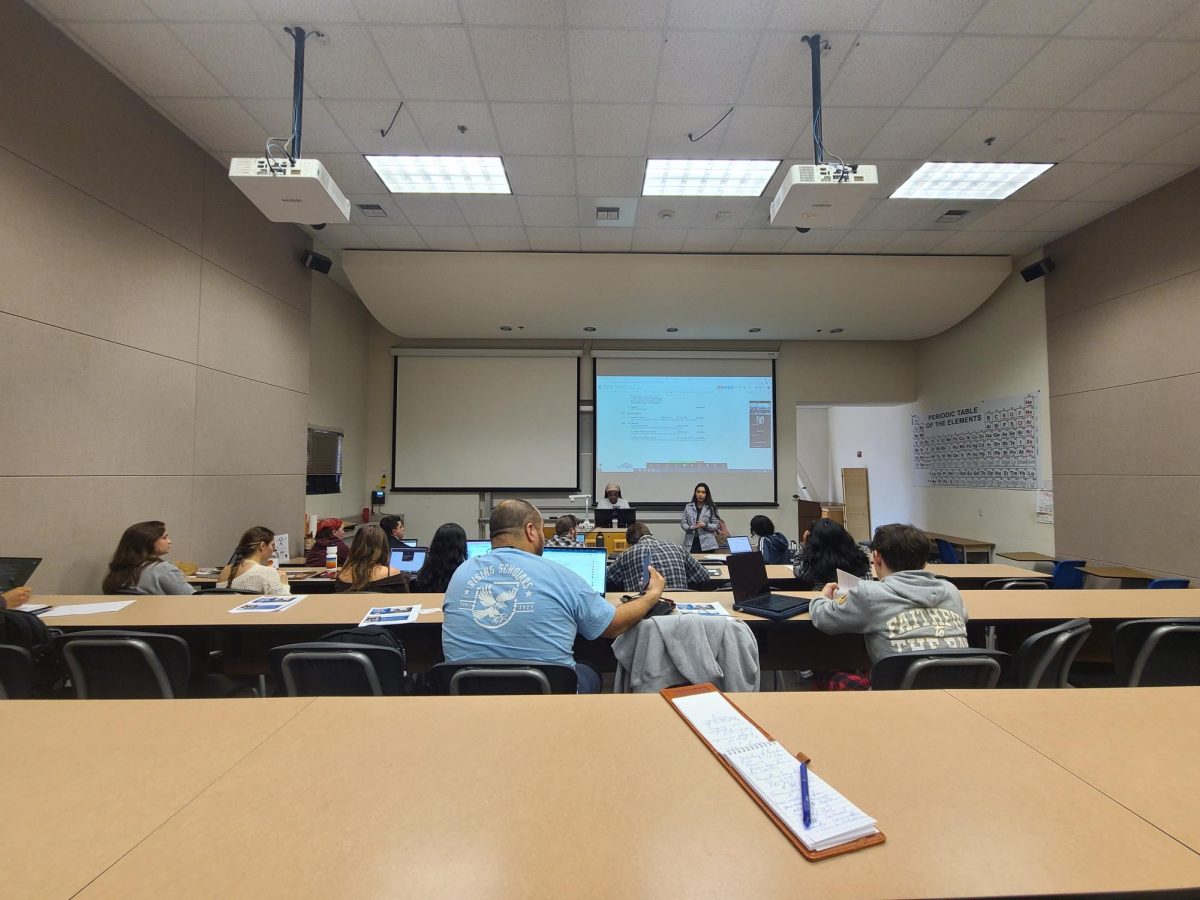In an attempt to create more affordable student housing, UC Santa Cruz and Cabrillo College have teamed up to develop apartments that could be leased sooner rather than later.
Cabrillo College President Matt Wetstein said that the construction for the project could start in November or December of 2025 and, if all goes as planned, could be open for the start of the fall semester of 2027. He estimated that there could be about 625 beds, 60% of which would be for Cabrillo students, leaving the remainder to the students of UC Santa Cruz.
Wetstein explained that Cabrillo has yet to decide on a developer. They are down to their final two choices, and it is up to the board of trustees to approve the item at an upcoming board meeting on November 4th.
“Depending on which developer we go with, there will be between 20 and 25 family units for students with children,” Wetstein said.
“There will also be a child care center included in the construction costs as well, so about 50 kids ranging from infants to toddlers could be at the on-site center,” he added.
When asked if the county had approved of the plan, he said:
“No, It’s sort of unique because it’s a Cabrillo project, it’s on our campus, and the only two approving authorities are our board and the division of state architect,”
“The division of state architect approval is needed for any project that we do on campus,” he added.
The development location is planned to replace one of Cabrillo’s soccer fields. While Cabrillo has the final say in what happens on their land, a reader of Santa Cruz Local pointed out that a youth and adult soccer league uses the field.
This isn’t much of a concern to Wetstein, who states that 20% of Cabrillo’s students are experiencing homelessness.
“I would say that student housing is a much bigger problem than allowing recreational sports teams to play on our fields,” he said.
But others like Adam Spickler, the trustee of area 2 for Cabrillo, thinks it doesn’t have to be a win-lose scenario.
“When people are put out with something like this, there’s usually a lot of energy that goes into finding alternatives and making workable alternatives happen,” he said.
“However, we are in a situation in our County where it is far more difficult to get unhoused people into housing than it is to find alternative spaces for recreational sports,” he added.
Spickler finds that it is important for recreational sports teams to have a space to play, and while Cabrillo is losing one soccer field, there are other spaces within the community to play.








